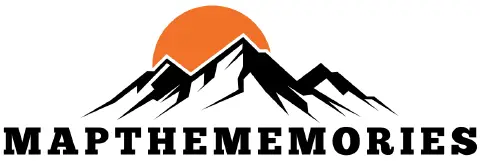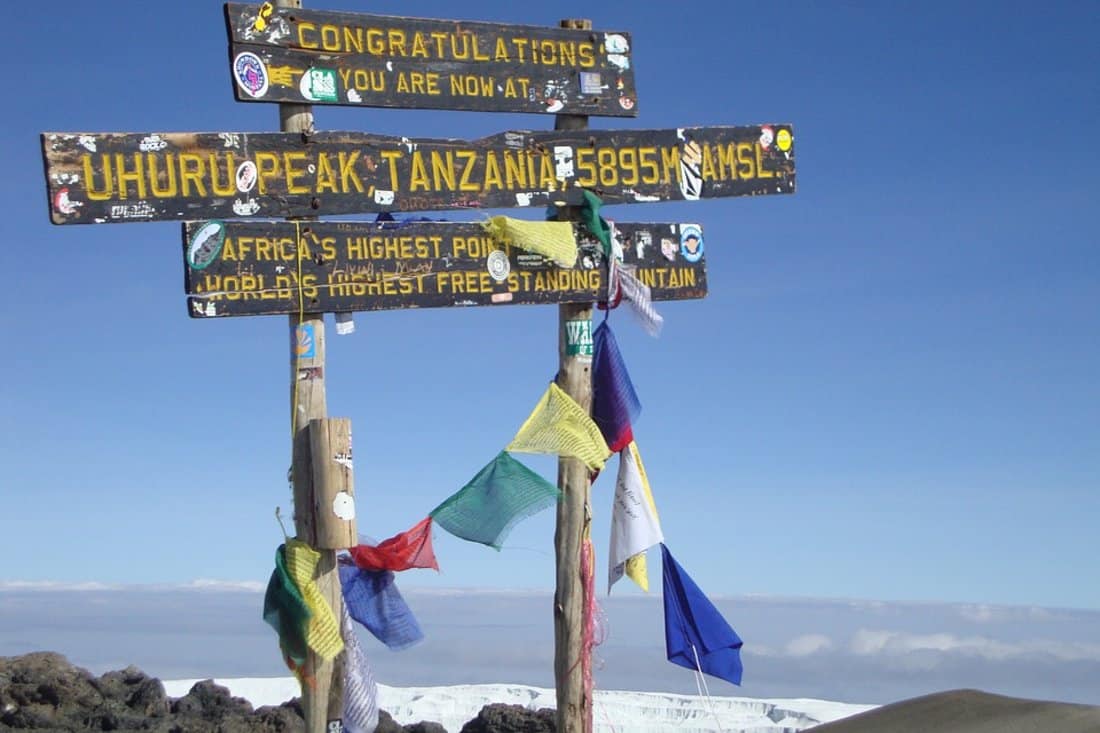If I was to start talking about Kilimanjaro in Tanzania, I would have a lot to talk about. For starters, it is the tallest mountain in Africa and the tallest free-standing mountain in the world. Freestanding means that it is not part of any mountain range. Every year, over 25,000 mountaineers head to Africa to have a taste of Kilimanjaro. If you are fond of solo-hiking, though, you might want to reconsider.
Can you hike Kilimanjaro without a guide?
Climbing Kilimanjaro without a licensed guide is illegal. It’s required to bring at least a porter and a cook. Failure to adhere to these rules may lead to a fine equivalent to $216 or up to 1 year of imprisonment.
This article is a complete guide about hiking Kilimanjaro. I have covered everything from the time you are looking for a good tour company to the various routes that you can use to summit Kilimanjaro. Also, learn more about sufficient preparation and everything else you will enjoy alongside your hike.
Can You Hike Kilimanjaro Without a Guide?
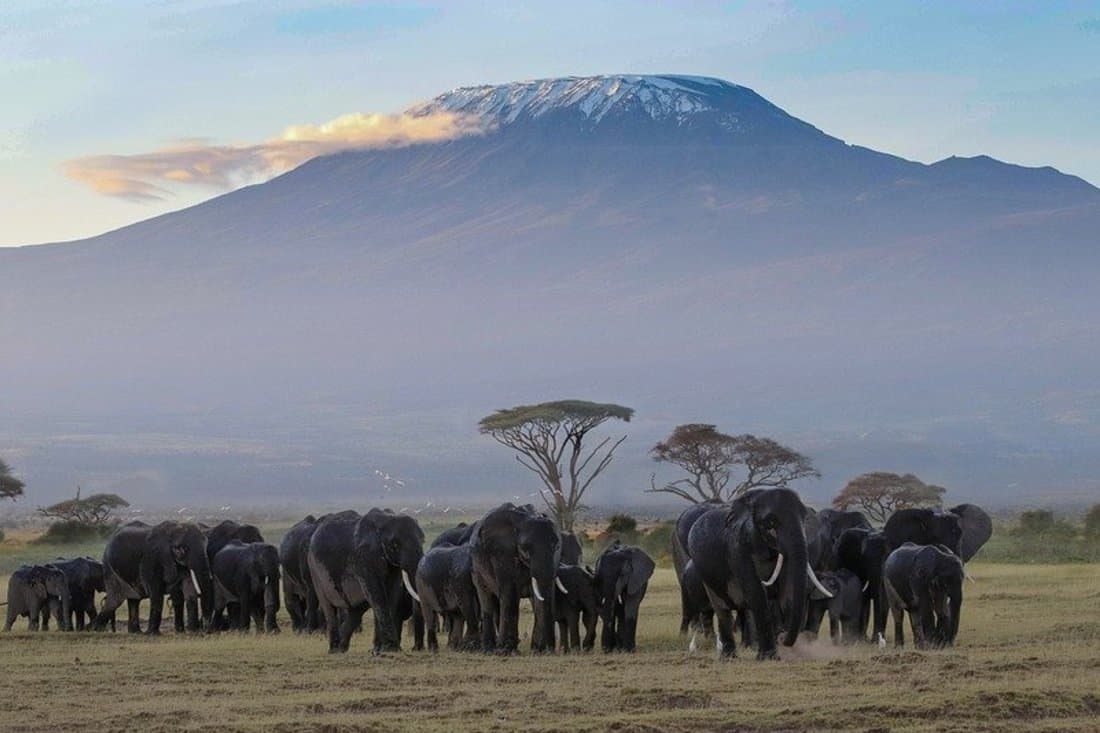
Now that you cannot hike Kilimanjaro without a guide, you might as well know how you stand to benefit from one. After all, it is your money working for you.
A guide is mandated with:
- Paying park fees on your behalf
- Making sure you have the proper gear
- Accompanying you throughout your hike
- Getting a porter to carry some of your luggage
- Providing a cook. Sometimes, the porters do the cooking as well
- Availing food and water
- Organizing for mountain accommodation
- Making arrangement for any rental gear that you may need
- Addressing any concerns that you may have. Think of him/her as a sort of personal assistant.
- Your overall safety
How to Choose the Best Guide to Climb Kilimanjaro
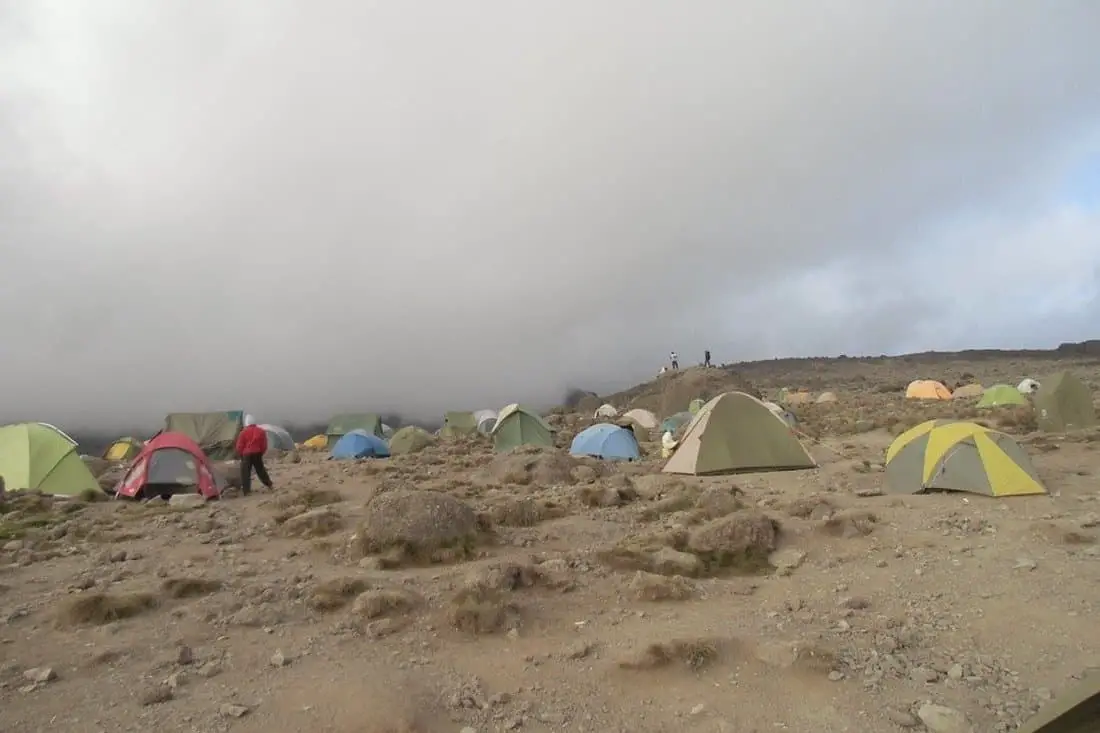
The best guide will uphold the above responsibilities to ensure that your adventure is both successful and rewarding. How so?
- Your guide needs to be licensed by the Tanzanian government to lead expeditions in the mountain, and you have every right to see those documents.
- When it comes to trekking such a high mountain with difficult terrain, go for a guide with several years of experience in summiting. Why is experience important? The reason is, every year 3 to 10 people die on Kilimanjaro – you need someone who will keep you safe.
- Check the reviews of their previous clients. A happy client is the best advertisement.
- Only book with operators listed with the International Mountain Explorers Connection. Here, you will find operators whose crews are well paid as well as trained in Wilderness First Responder and First Aid.
- Go for operators who charge from above $1300. I will explain this below.
The Cost of a Guided Kilimanjaro Tour
So, how much does it cost to join a guided tour? On average, it will cost you anything from $1,000 to $4,000. Why have I recommended $1300 and above?
Here is why:
Approximately $900 of the total cost will pay for fees for up to 8 days. This covers a park entry fee of about $60 per day, $50 in camping fees per night, and a one-off rescue fee of $20. Additionally, it covers a $1 entry fee for each guide or porter. Your guide will get $15 to $20 per day while each porter and cook earns about $7 to $10 per day. Assuming that the whole crew including 1 guide, 1 cook, and 2 porters get paid on the higher range, their pay comes to $1,300.
Therefore, if an operator is charging you $1000, it is possible that he is underpaying his employees. Remember that the cost should also cater to food and water. So, what kind of services do you expect from an underpaid crew? Not the best certainly.
How much does it cost to hire a private guide to hike Kilimanjaro? If you decide that you don’t want to join a large party, it is possible to hire a private guide as long as he is licensed to operate as a guide. It will be upon your guide to contract porters and a cook as well.
Notably, you can get individual private guides or hire established tour companies. For a package that includes food, water, and the crew, an individual private guide can charge you approximately $600 for the entire 6-8days. This does not, however, include park fees (about $900) which when included adds up to $1500.
If you would rather work with a private guide through a tour company, getting a private guide can cost you between $3000- $5000 for up to 9 days. In this case, the package includes even the park entry fees and with some companies, bottled oxygen, and a private toilet.
Is Kilimanjaro Hard to Climb?
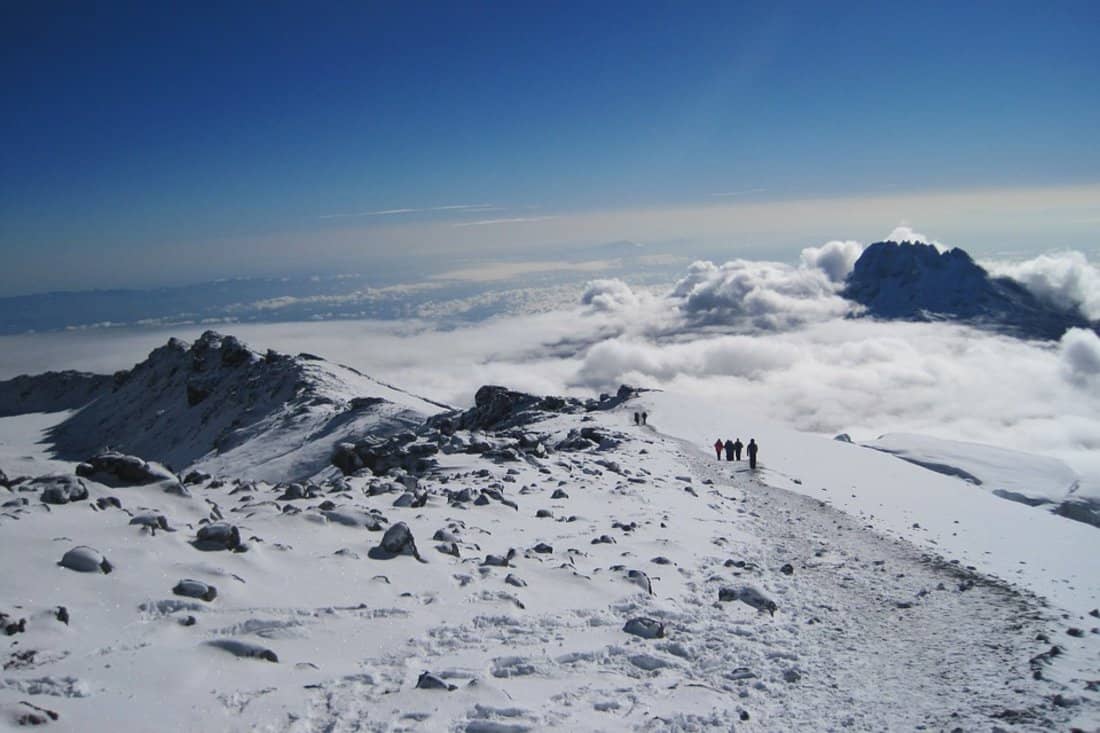
Climbing Kilimanjaro is not hard to climb if you are prepared and are in your best physical fitness. Nevertheless, it has not always been as easy as it is today. Since the confirmation of its existence back in 1861, many summiting attempts were hindered by harsh weather and rough terrain.
The biggest hindrance to climbing, however, was thick layers of ice and snow. On October 6th, 1889, climbers were able to reach the highest peak. Since then, ice and snow have significantly reduced and it is even possible to climb the mountain without encountering any of it.
The development of more and better routes has also made it easier to climb than ever before. Today, with easier terrain and options for shorter climbing time, the biggest hindrance to reaching the summit is altitude sickness.
How Fit Do You Need to Be to Climb Mount Kilimanjaro?
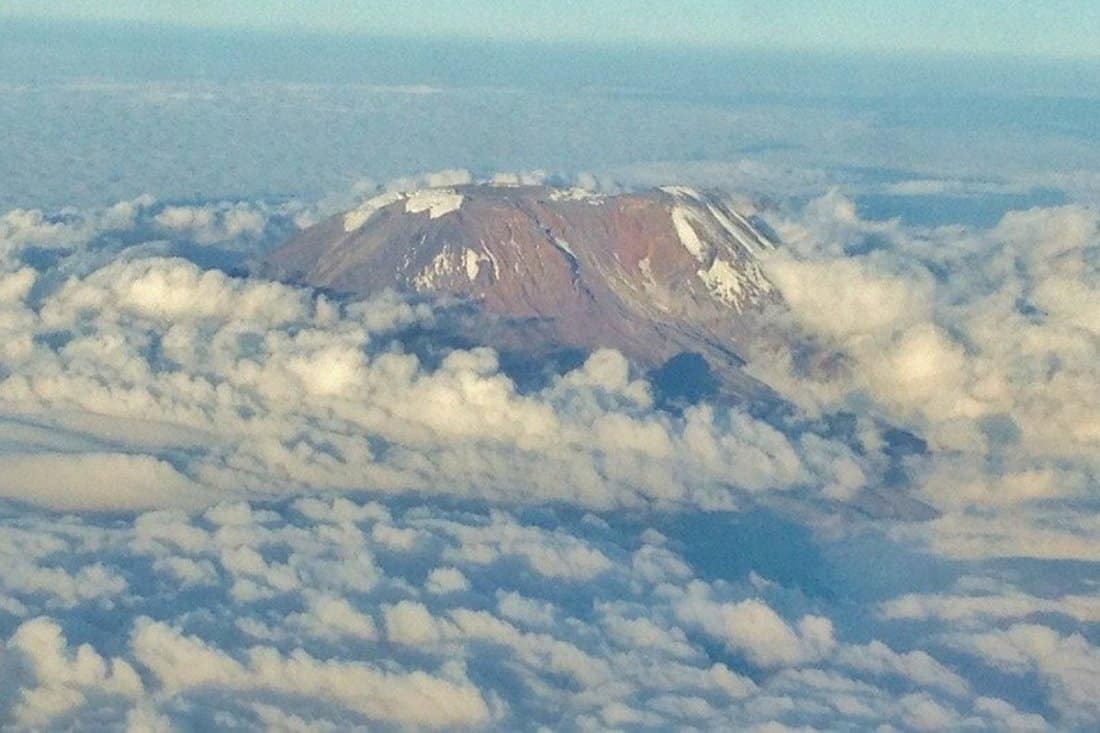
To climb Mount Kilimanjaro, you need to be in your best physical and medical condition. Simply put, you need to be able to walk on varied terrain for about 6-8 hours every day for several days.
Supposing you don’t have any health issues, how do you achieve the physical fitness part?
I’ll start by disappointing you a little; spending hours in a gym or jogging every day will definitely make you fit but it will not fully prepare you for climbing Kilimanjaro. Why?
Like I have mentioned, climbing Kilimanjaro is like a long walk on the hilly landscape, right?
That’s what your body needs to get used to. So, to be fit enough to hike Kilimanjaro, start walking as much as you can. Even better, find hilly terrain, wear the boots that you will use, and train while carrying the amount of weight you expect to a few months before your Kilimanjaro expedition.
The next issue that you will have to deal with is altitude. Altitude increases as you ascend higher on hilly ground. Unfortunately, at altitudes of 6,900 ft onwards, oxygen levels in the air start reducing which may lead to altitude sickness.
This usually happens when you climb fast, meaning that you have gained much altitude in a short time. Otherwise, the body adjusts well when climbing is gradual. This is called altitude acclimatization.
Since Kilimanjaro rises to 19,340 ft, altitude sickness is very common among mountaineers. If you can, spend some time in places with an altitude of 6,900 ft onwards to prepare for your hike. Nevertheless, most tour operators provide the option of a hike with an extra day for acclimatization.
How Long Does It Take to Climb Kilimanjaro?
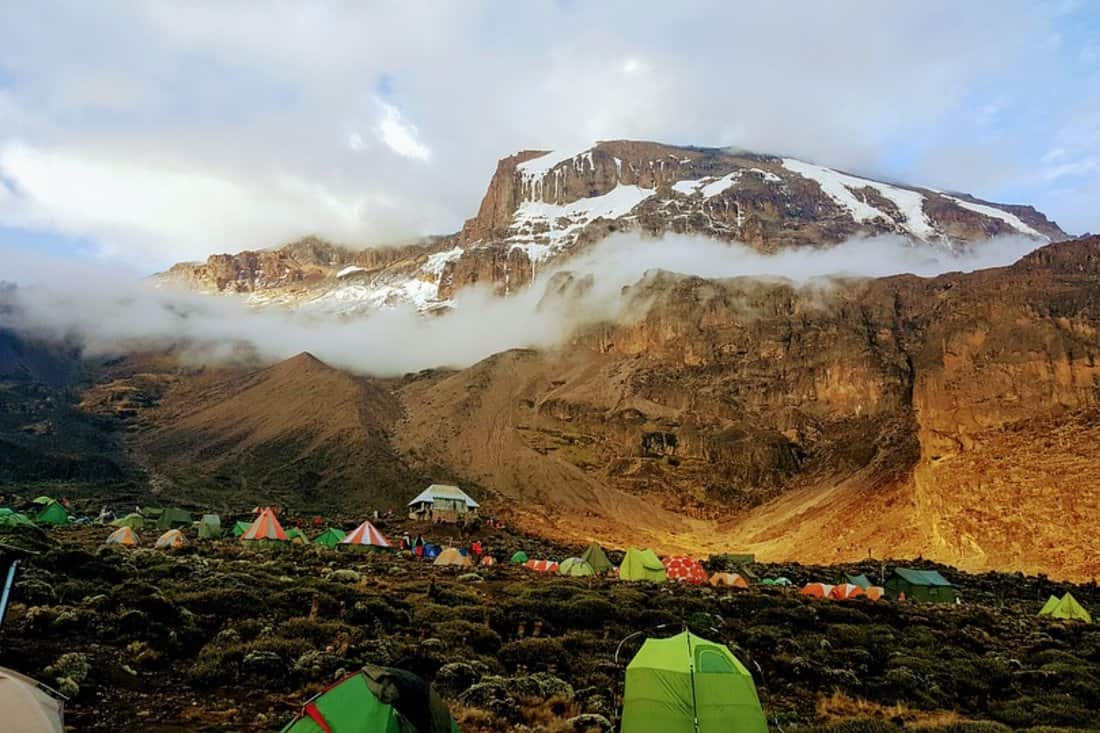
On Average, it takes you between 5-10 days to hike Kilimanjaro. To be precise, the shortest route takes 5 days while the longest one takes 10 days for hiking to the top and back. For all these routes, an extra day is highly recommended to help with altitude acclimatization
What’s the Best Route for Climbing Kilimanjaro?
The best route for climbing Kilimanjaro depends on your budget, the number of days that you are available, and how experienced you are. That said, there are 7 defined routes for climbing Kilimanjaro. I have highlighted each to help you choose one that suits you the best.
The Machame Route
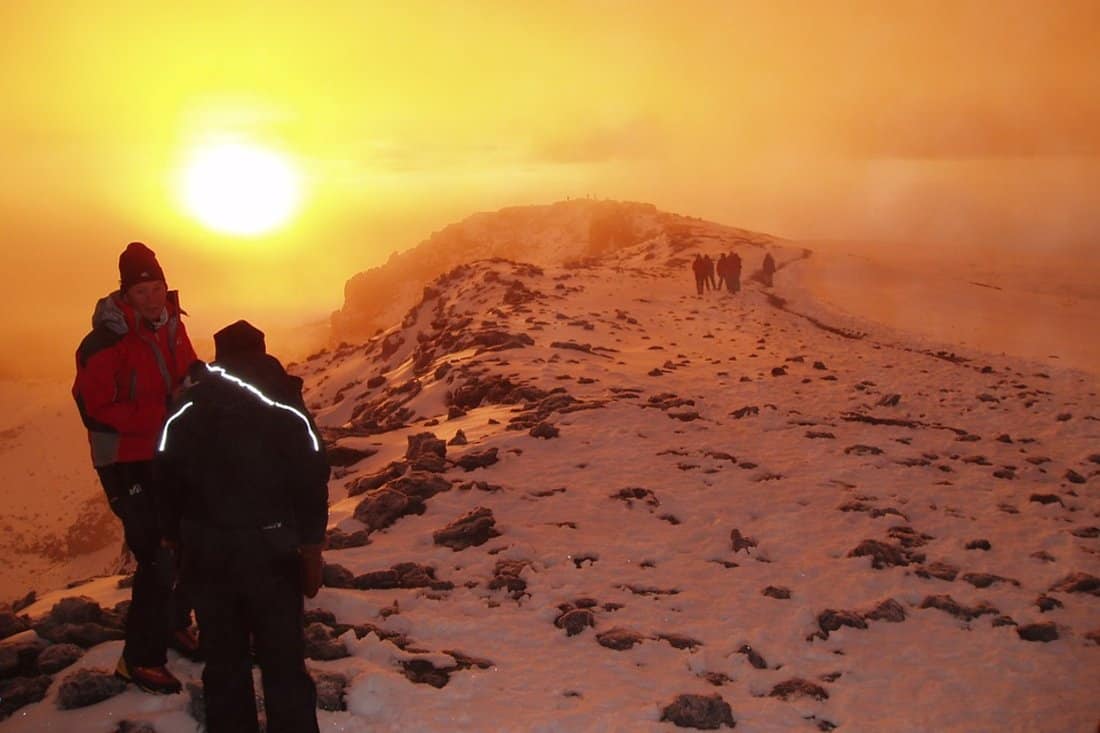
This route has the most success rates of climbing Kilimanjaro. It approaches the mountain on the southern side. It is also the most popular among Kilimanjaro climbers and for good reasons: For starters, the route takes you 7 days to climb, which gives you enough time to get used to the weather and keep away altitude sickness.
The sceneries along the route are rewarding. Good examples of amazing sights include the Shira Plateau, the Baranco wall, and the Lava tower. Being so popular, the route is one of Kilimanjaro’s busiest.
On the other hand, the nickname of the route ‘whiskey route’ is a simple way of telling you that it is a route for the fit and experienced. The hike is rated intermediate to difficult due to its steep and sometimes slippery walks.
Lemosho Route
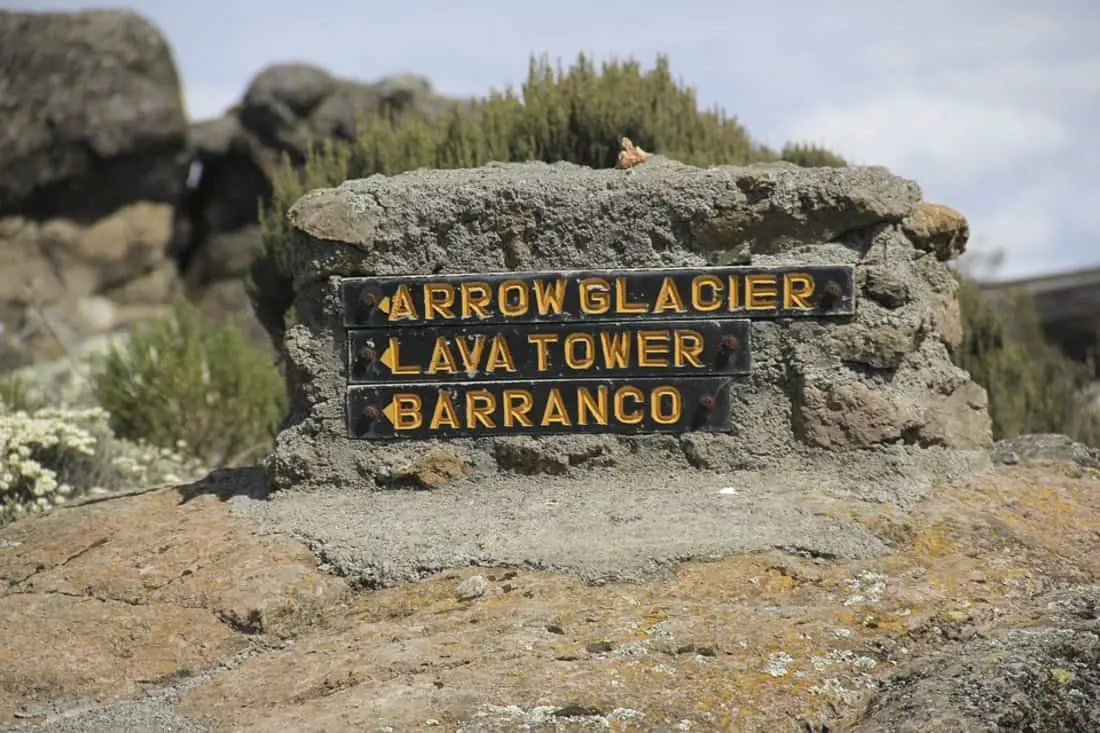
Lemosho is another route with a high success rate. It can take 7 days but 8 days are recommended for even better acclimatization. It approaches Kilimanjaro through a forest from the western side and joins the Machame route on day 3. Lemosho route was introduced to ease congestion on the first two popular routes, Machame and Marangu.
It is located on a remote part of Kilimanjaro and it passes right through the Shira Plateau. On this route, you also get to climb over the Lava tower and drop down the Barranco valley. If you want to combine a high success rate, beautiful scenery, and remoteness, this is your route.
Shira Route
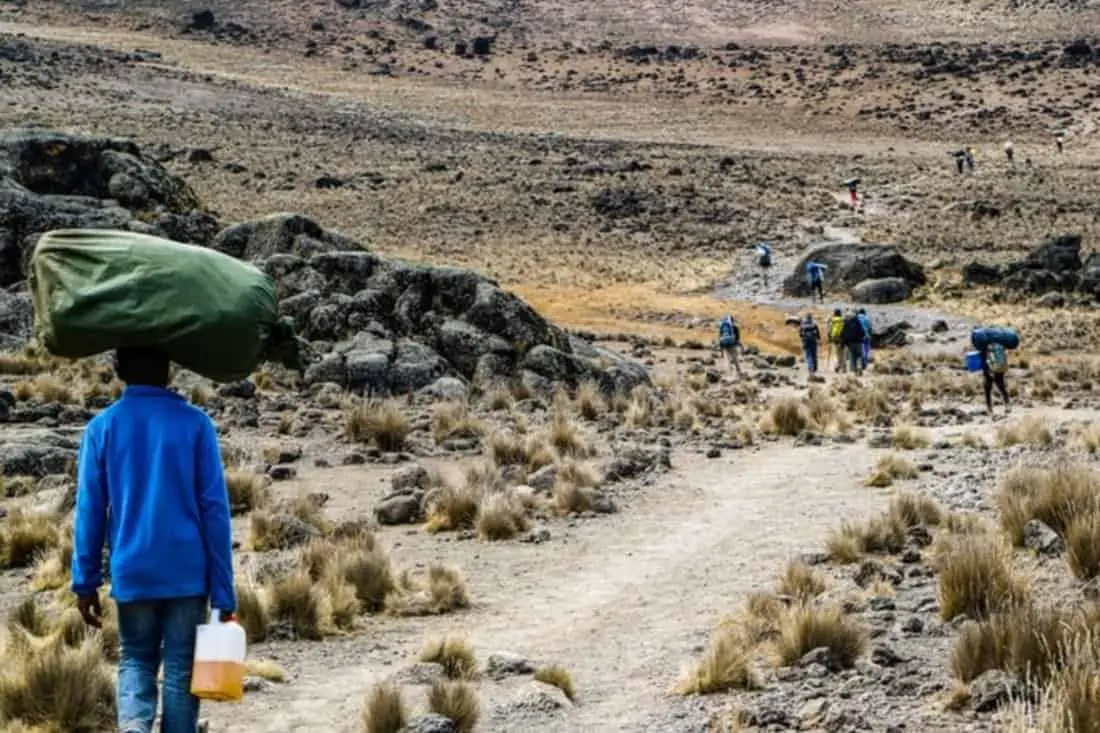
This is like another version of the Lemosho Route but differs a little at the starting point. It starts on the western side of Kilimanjaro, at Shira Ridge, and runs from the eastern side of the Shira Plateau to the western side.
The hike starts with a relatively high altitude drive up the Shira Ridge that takes hikers to about 11,800 ft on the first day. This may present some altitude sickness symptoms. It then proceeds on a mostly flat trail on the plateau before summiting.
Like the Lemosho Route, the Shira Route offers some amazing sceneries during the first few days of the hike and it requires at least 6 days.
If you have a well-proven tolerance for high altitude and don’t mind the variation in terrain, then you will be right at home on this route. Otherwise, you are better off on the Lemosho route for the same experience. These two factors also give the route lower success compared to other routes.
The Marangu Route
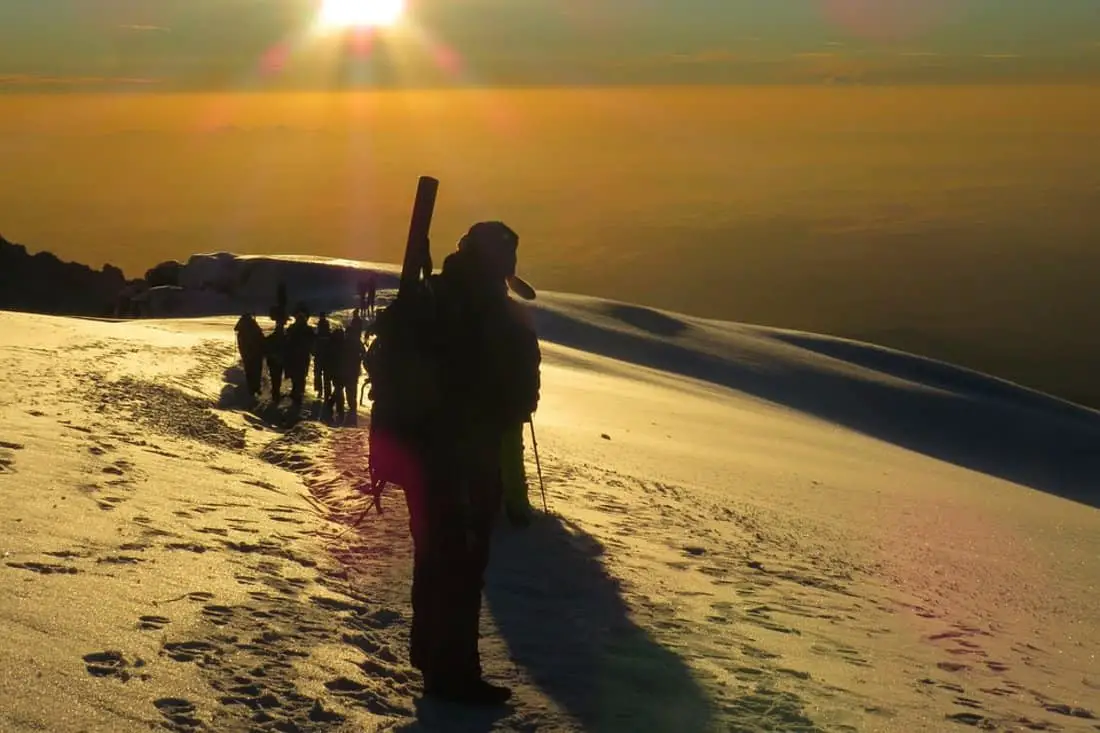
The route is popularly referred to as the ‘Coca-Cola route’. It is the oldest, most well-established, and as the nickname resounds, the easiest to climb.
Marangu route is on the south-eastern side of the mountain. Its slopes are gradual and its paths direct. Would you prefer sleeping in a hut as opposed to sleeping in a tent? If so, you should definitely be on this route. It is the only route in Kilimanjaro that offers dormitory-style sleeping huts rather than camping grounds. The huts also make it the best one during the wet season.
It takes 5 days to the summit but some prefer 6. The short completion time may sometime come with negative altitude effects. All the above characteristics also put this route on the list of Kilimanjaro’s busiest routes. Even so, it is also considered among the less scenic routes.
Rongai Route
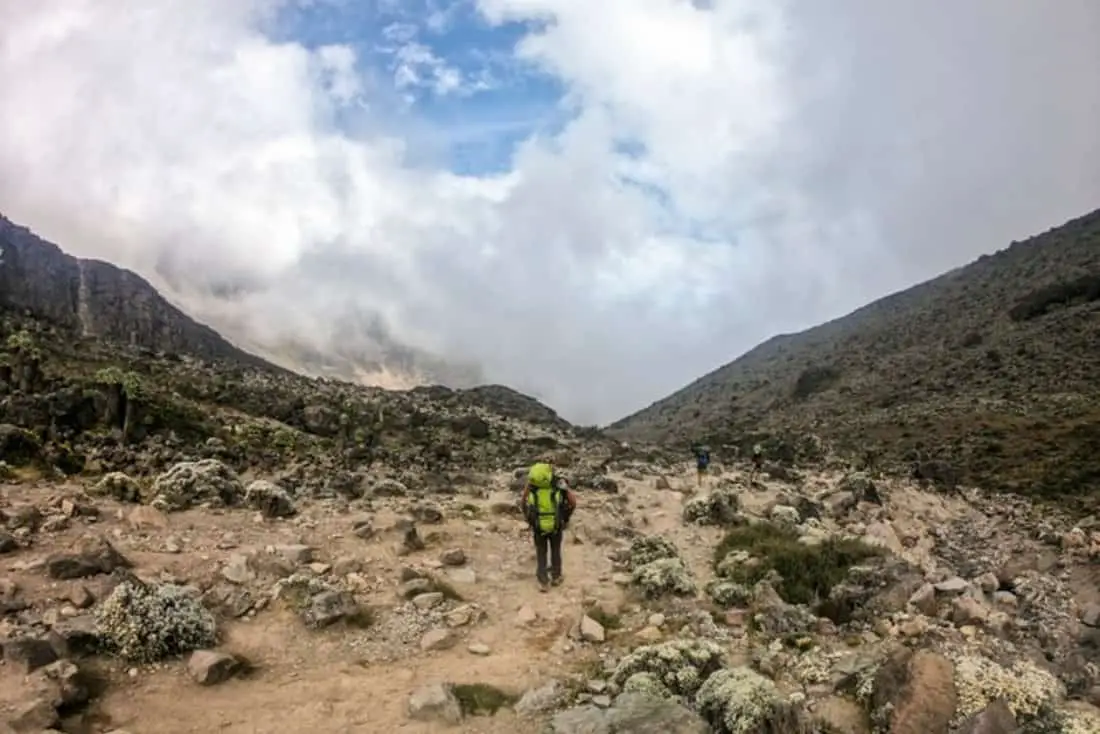
Want to hike in a combination of wilderness, remoteness, and dryness?
The Rongai route passes through the wild where you are likely to spot large animals like buffalos, antelopes, and elephants. Also, the northern side of Kilimanjaro receives the least rainfall making it the best route if you want to avoid rain altogether. And, it’s not so popular with many hikers making it a great route to avoid the crowds.
Rongai route approaches the mountain from the Northern or the Kenyan side of Kilimanjaro. It is flatter compared to the other routes, which gives you a better view of the mountain. Its difficulty level is moderate, making it the best route for less experienced hikers.
Besides the mountain and everything that comes with the wilderness, don’t expect other scenic sights. It takes 6-7 days to trek, with 7 days preferred to adapt better to altitude.
Ubwe Route
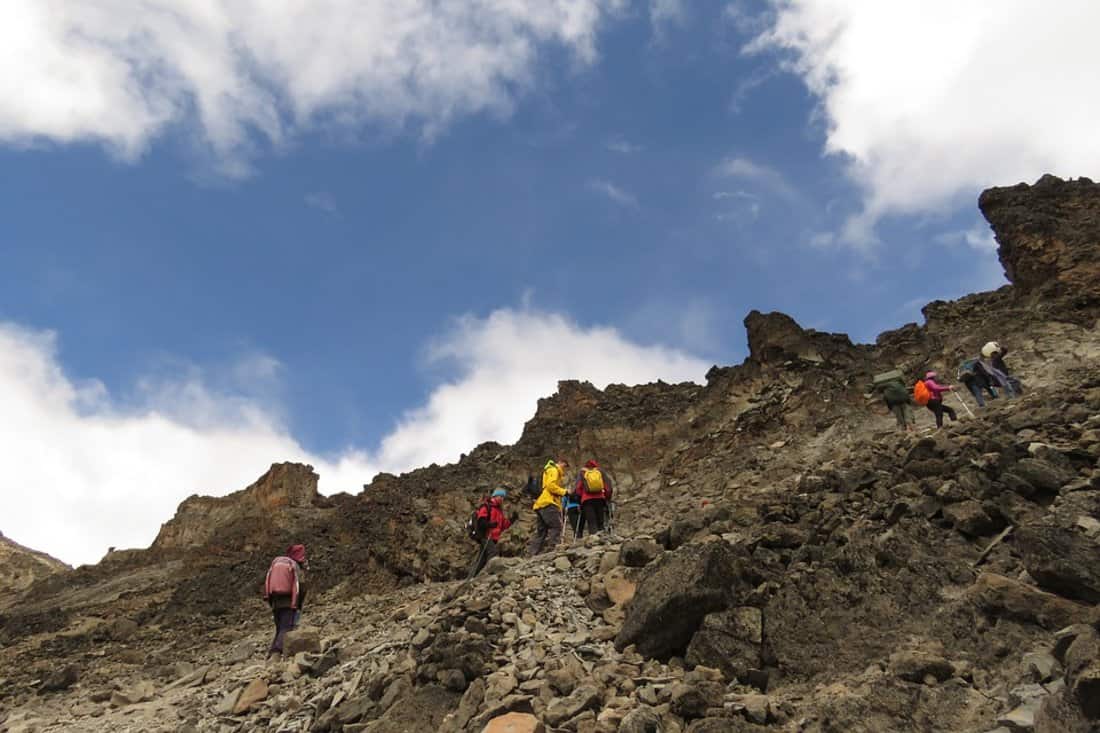
Do you have the stamina for a constant steep climb? Ubwe offers you this in a secluded environment. It is one of the most challenging Kilimanjaro routes. The hike is rated as difficult. For this season, it is not very popular with many climbers.
Something else that you have to deal with is the changes in altitude which can cause altitude sickness.
Ubwe route approaches the mountain from the southern side and takes 6 days to complete. As usual, an extra day increases your success in both summiting and dealing with high altitudes.
Northern Circuit Route
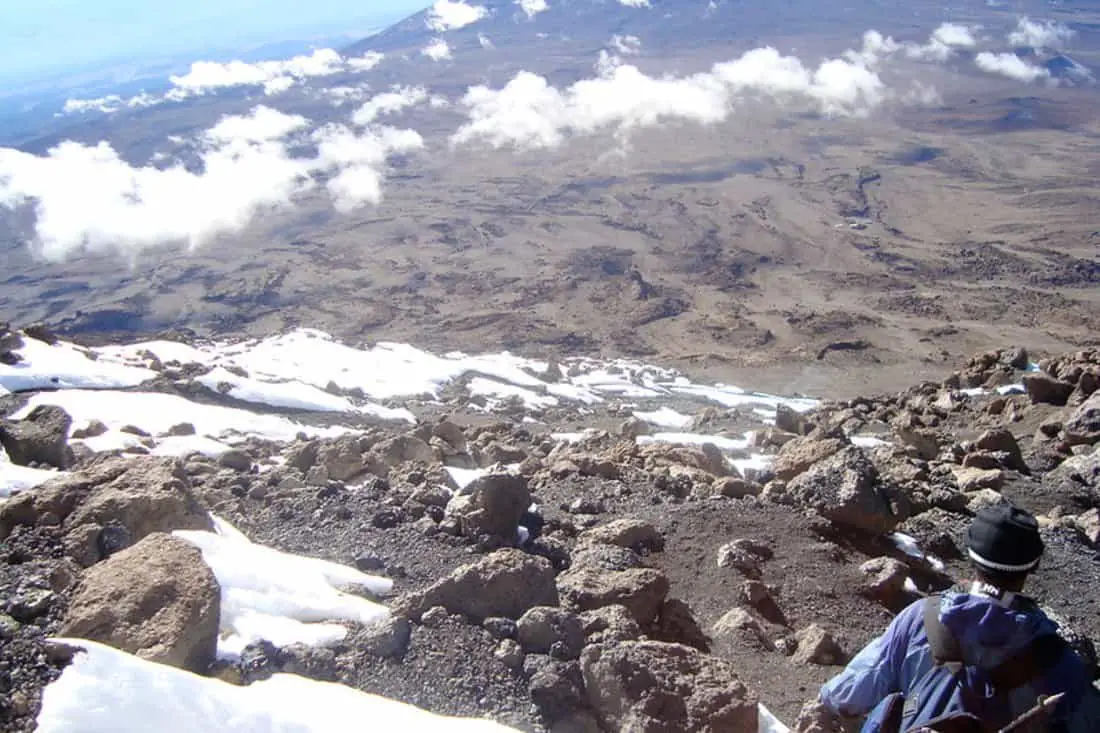
This route is the longest. It takes somewhere between 8-10 days, acclimatization time included. This gives you time to enjoy the beautiful sceneries offered by the mountain’s varied environments and adapt to the altitude at the same time. Furthermore, longer time increases the success rate.
The Northern Circuit Route is also referred to as the 3600 route due to the almost 360 degrees view of the Kilimanjaro that you get when hiking.
This route approaches the mountain from the western side at the Londorossi Gate just like the Lemosho Route. Even with its ease of hiking, it is not as crowded as other popular routes, giving you an easier remote hike.
The Best Season for Climbing Kilimanjaro?
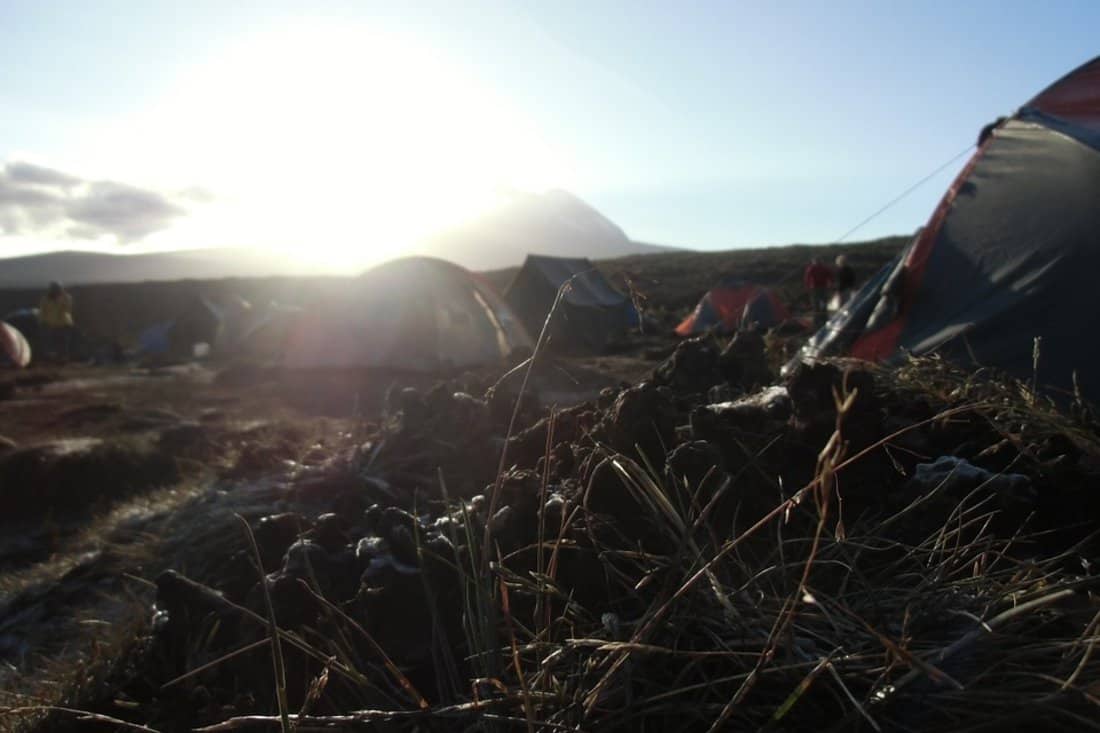
The best season for climbing Kilimanjaro is from December to March and June to October. Why? Rain is the only hindrance to a successful Kilimanjaro hike. Notably, snowfall is experienced from December to May but even then, it is on the summit and usually, there is less than 30 cm of snowfall.
That said, End of March, April, and May make the long rains season. When it rains, trails become wet and muddy, making it hard to hike comfortably and easier to slip and fall- check out the Rongai Route, it is dry most of the year. November and parts of December mark the short rains season.
What to See and Do When Hiking Kilimanjaro?
There’s much more to Kilimanjaro than a mountain to climb. I have compiled a list of other amazing things to see and do on your Kilimanjaro hiking expedition.
Wildlife
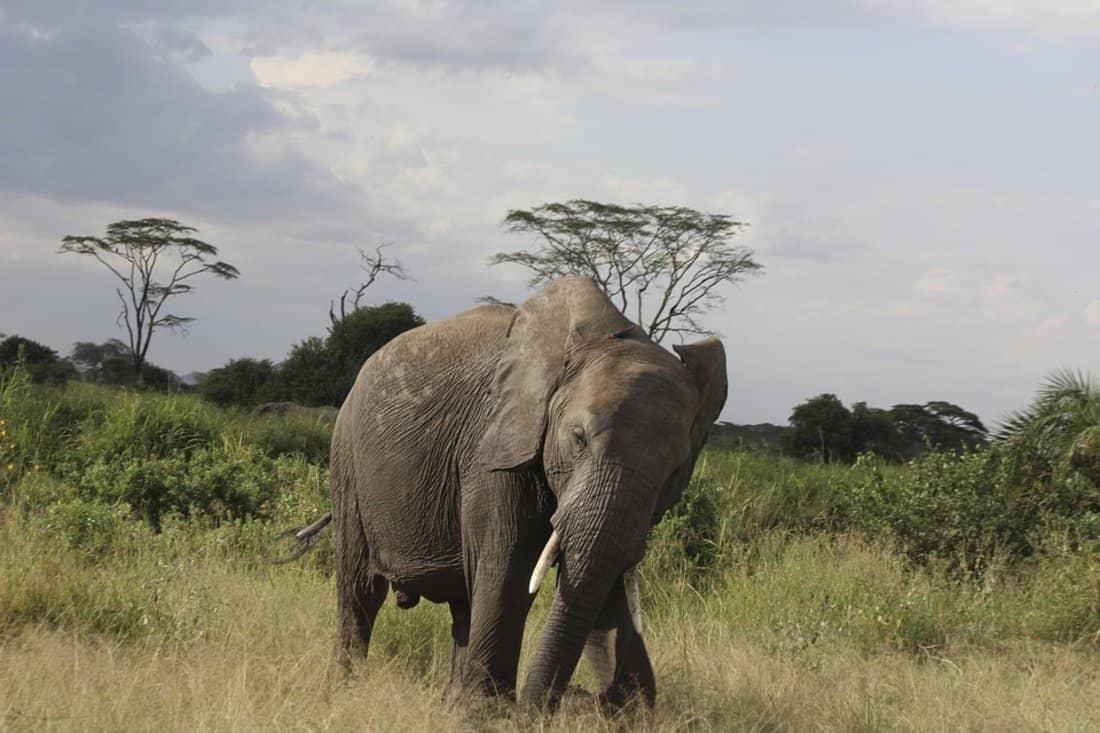
Mt.Kilimanjaro is located in Kilimanjaro National park. The Park is home to diverse vegetation and wildlife. Off the trails, you can spot baboons, bushpigs, mongooses, leopards, cape buffaloes, colobus monkeys, African bush elephants, and other animals.
The Rongai Route is your biggest chance of spotting wildlife. Also, you can spot white-necked ravens around campsites.
Chala Crater Lake
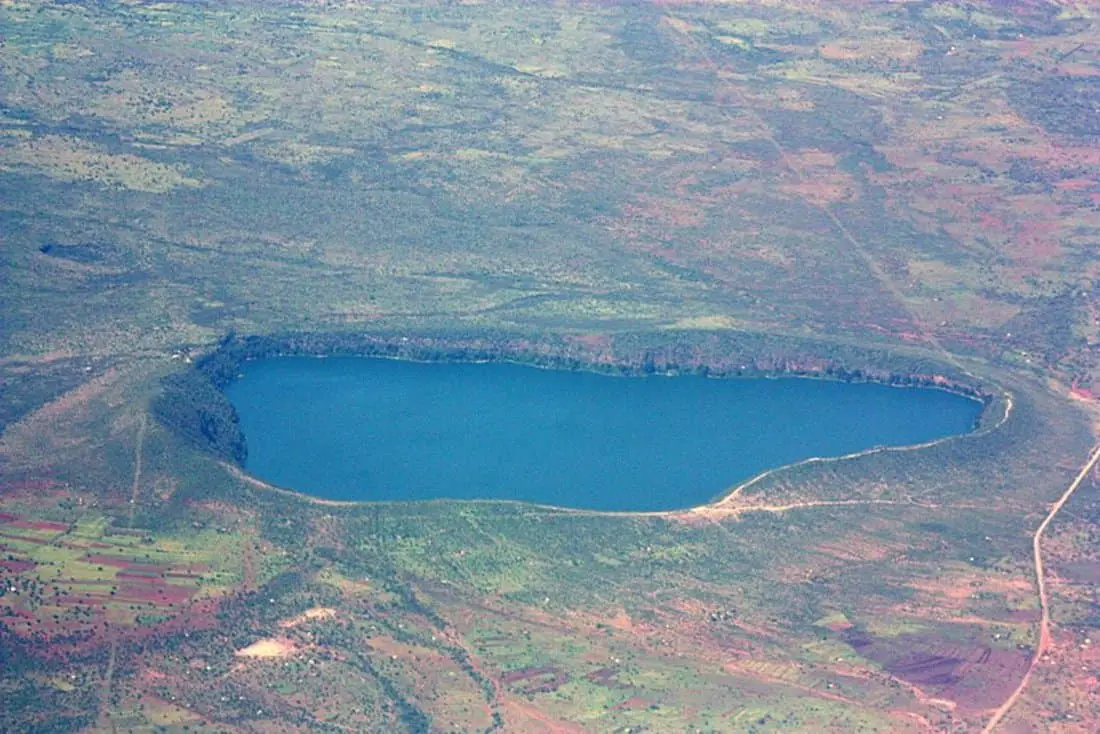
This lake found on the eastern side of Kilimanjaro where Tanzania borders Kenya. Lake Chala is breathtakingly beautiful with waters that can either be turquoise or emerald green in color depending on the season. The cliffs that overlook the lake are also home to many species of birds.
Zebra Rock
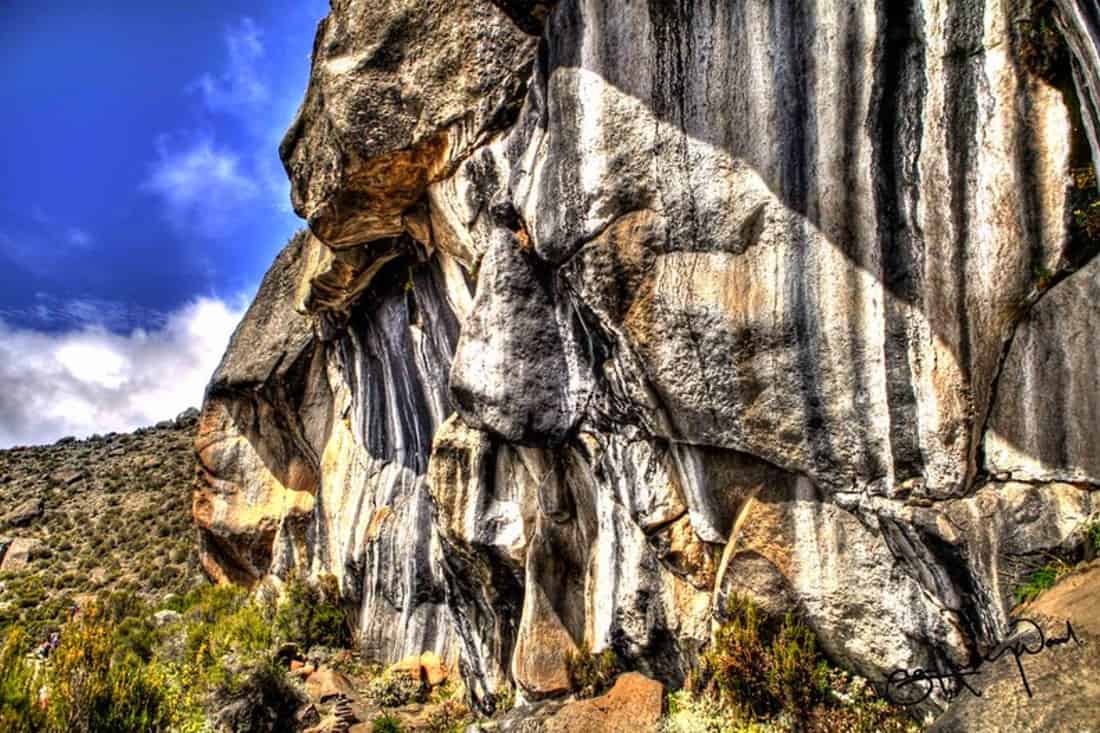
This is a popular attraction along the Marangu Route. The rock has stripes that resemble a zebra. It is believed that mineral-rich water constantly flowed over the rock making some parts of the rock whiter and leaving others dark, hence the pattern.
Lava Tower
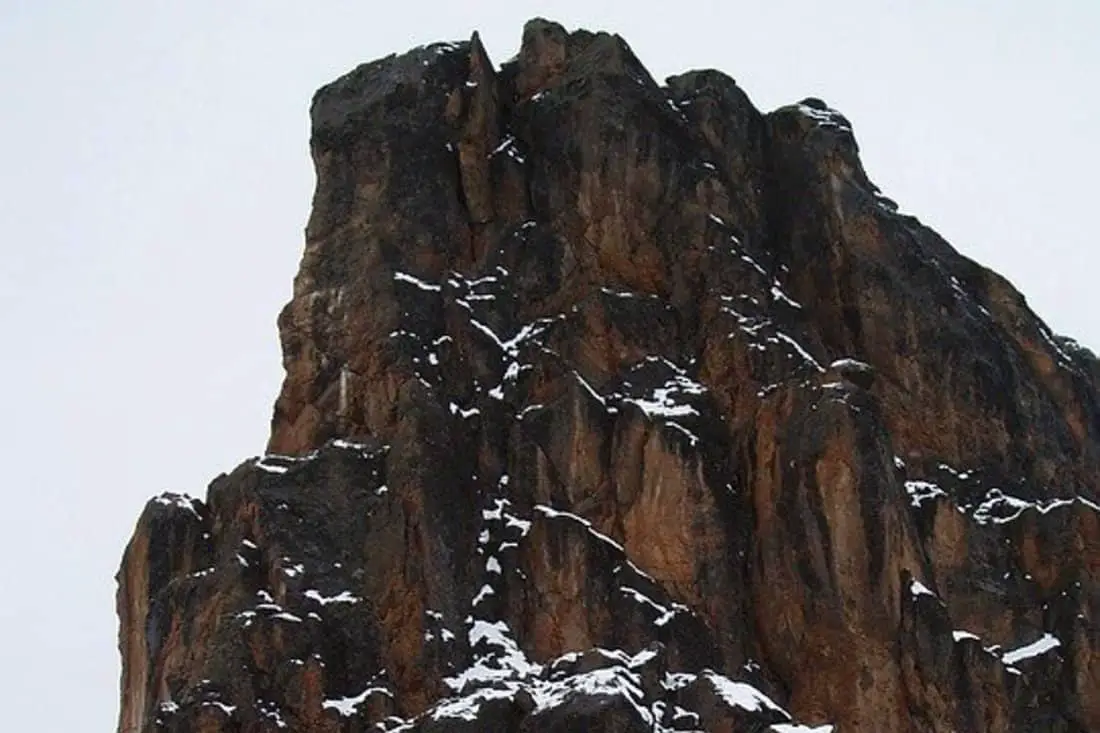
This is a great place for camping, rock climbing or even having a picnic. The 295 ft tall Lava tower is located on the western slopes of Kibo, one of Kilimanjaro’s volcanic cones. It was formed as a result of volcanic activity over 150,000 years ago.
The Glaciers
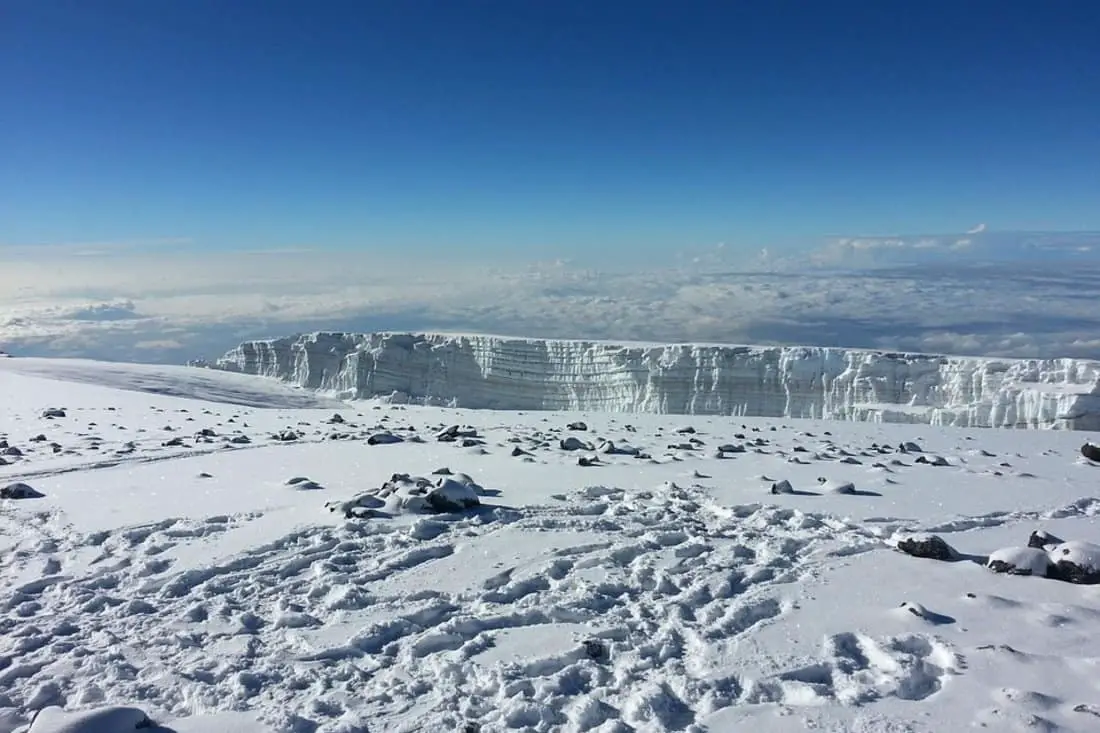
These are located on Kilimanjaro’s Kibo Crater but there are others in the north and south – the Northern and Southern Icefields. If you make to climb Kilimanjaro before 2030, you might just be in time to see these glaciers. It is estimated that they might be gone by then. Apparently, they have declined by 85% since 1912.
The Shira Plateau
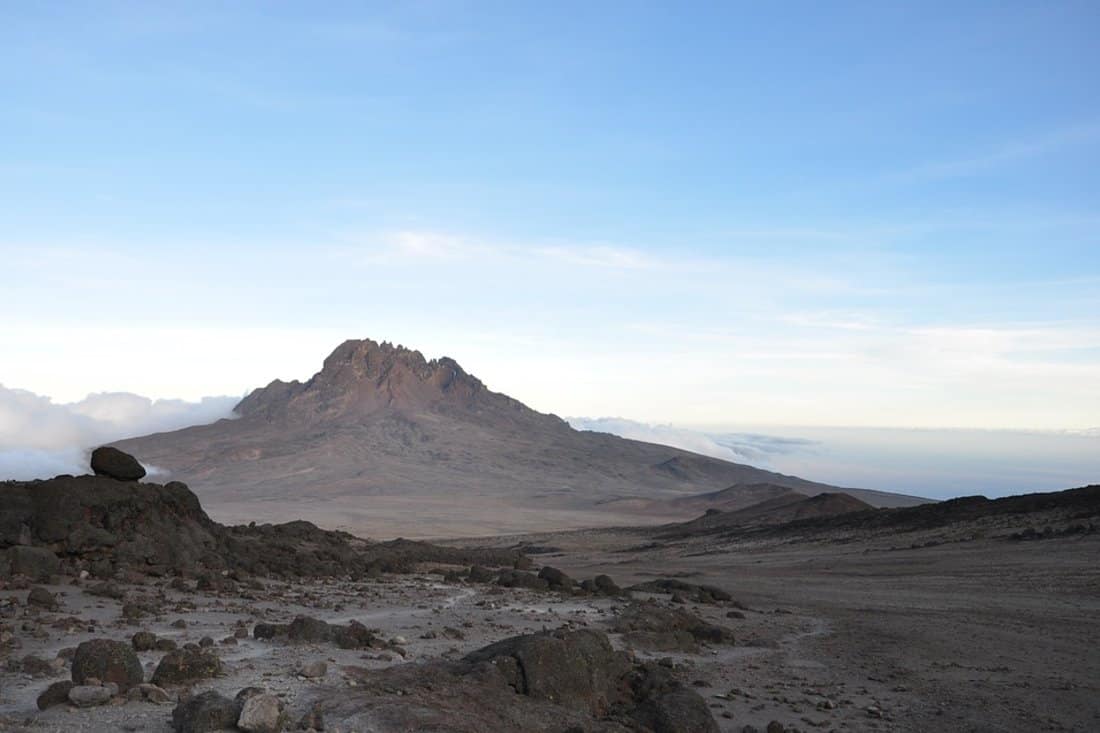
This plateau was formed as a result of a collapsed volcanic crater. It is located on the western side of Kilimanjaro and stretches for about 8 miles. It is found at an elevation of 3962m. Besides the Shira Route, the other route where you experience the Shira plateau in full is the Lemosho Route. Nevertheless, you can see it from most parts of the mountain.
What Gear to Bring When Hiking Kilimanjaro?
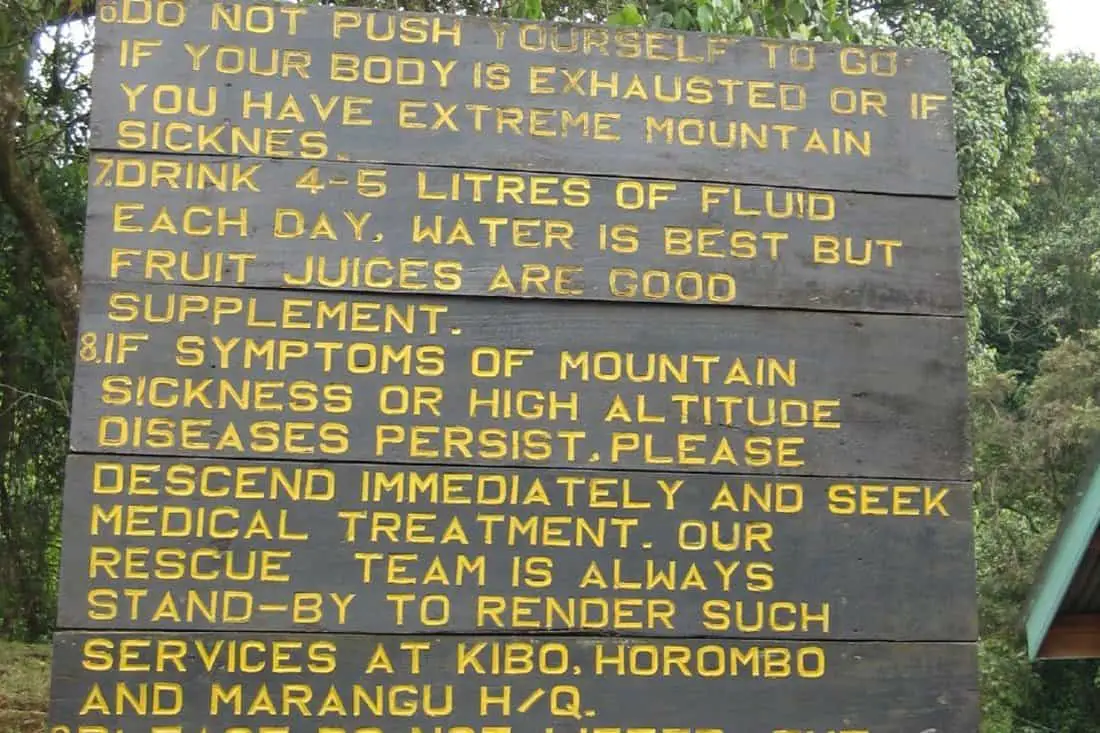
To climb up to Kilimanjaro’s summit requires more than just stamina. For starters, the mountain experiences a tropical climate that comes with a lot of mosquitoes. To keep these bugs away, carry a can of mosquito repellent.
Also, don’t forget that you will camp at night so camping gear is a must. As you know, the higher you go the cooler it becomes. To keep warm, your gear should include warm clothing. Among others, Merino wool clothing comes highly recommended. It’s light, good for layering, and it doesn’t smell even after you sweat for days.
Your gear should also include mountaineering boots and gaiters to keep dust off your feet. Sunglasses, sunscreen, and a wide-brimmed hat are necessary for protecting you from the sun. Don’t forget to carry a headlamp plus spare batteries for light and warmth during nighttime and lastly, bring other hiking tools, depending on the route that you have chosen to use.
Final Words
Are you ready to climb Kilimanjaro? Well, as long as you are willing to tag along a guide, at least one porter and a cook, you are good to go because as I have stressed in this post, you cannot hike Kilimanjaro without a guide.
